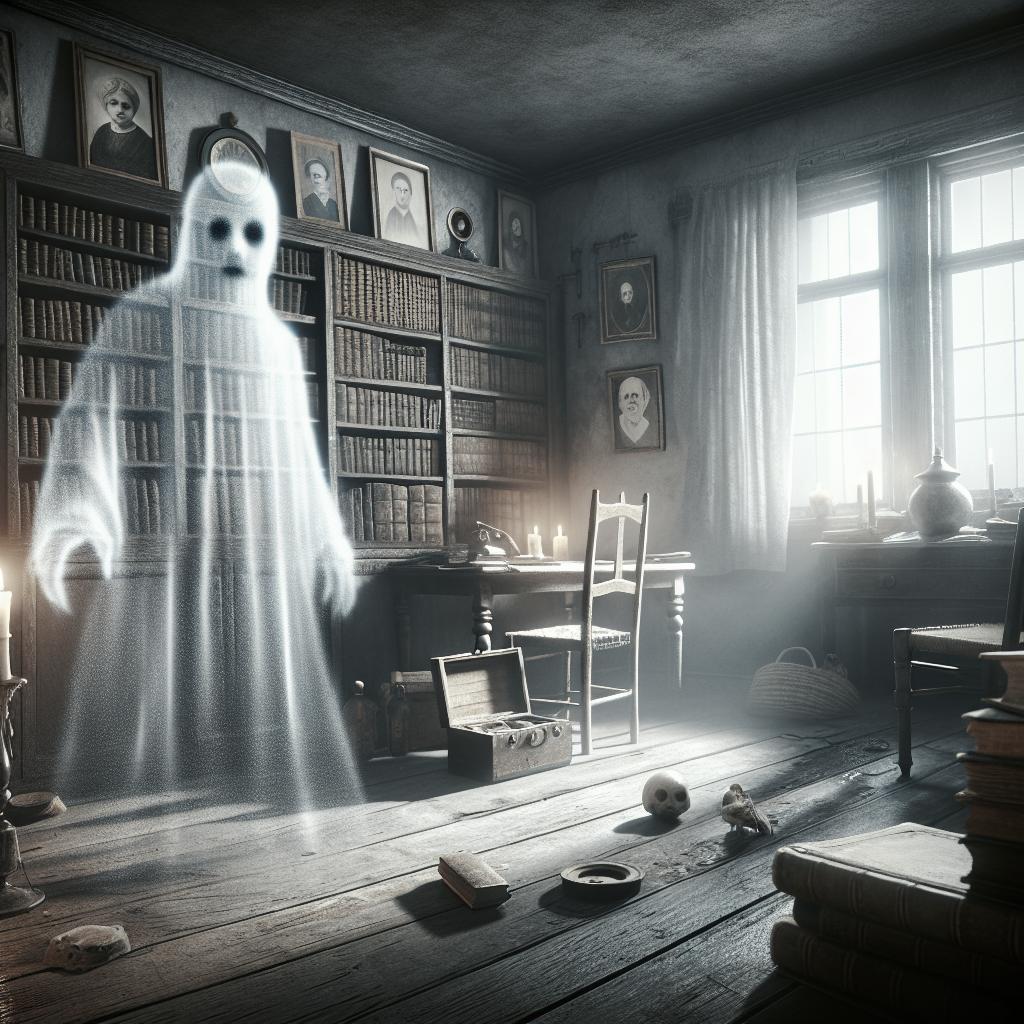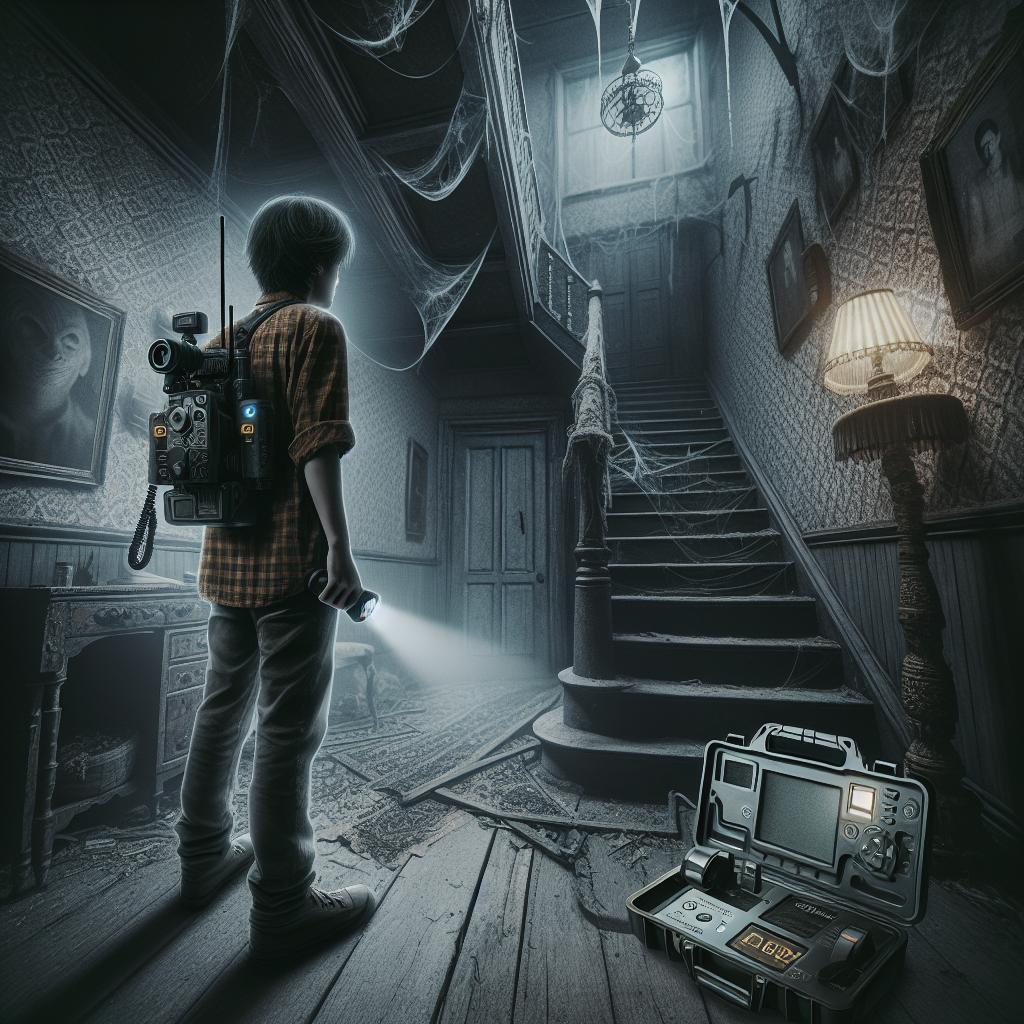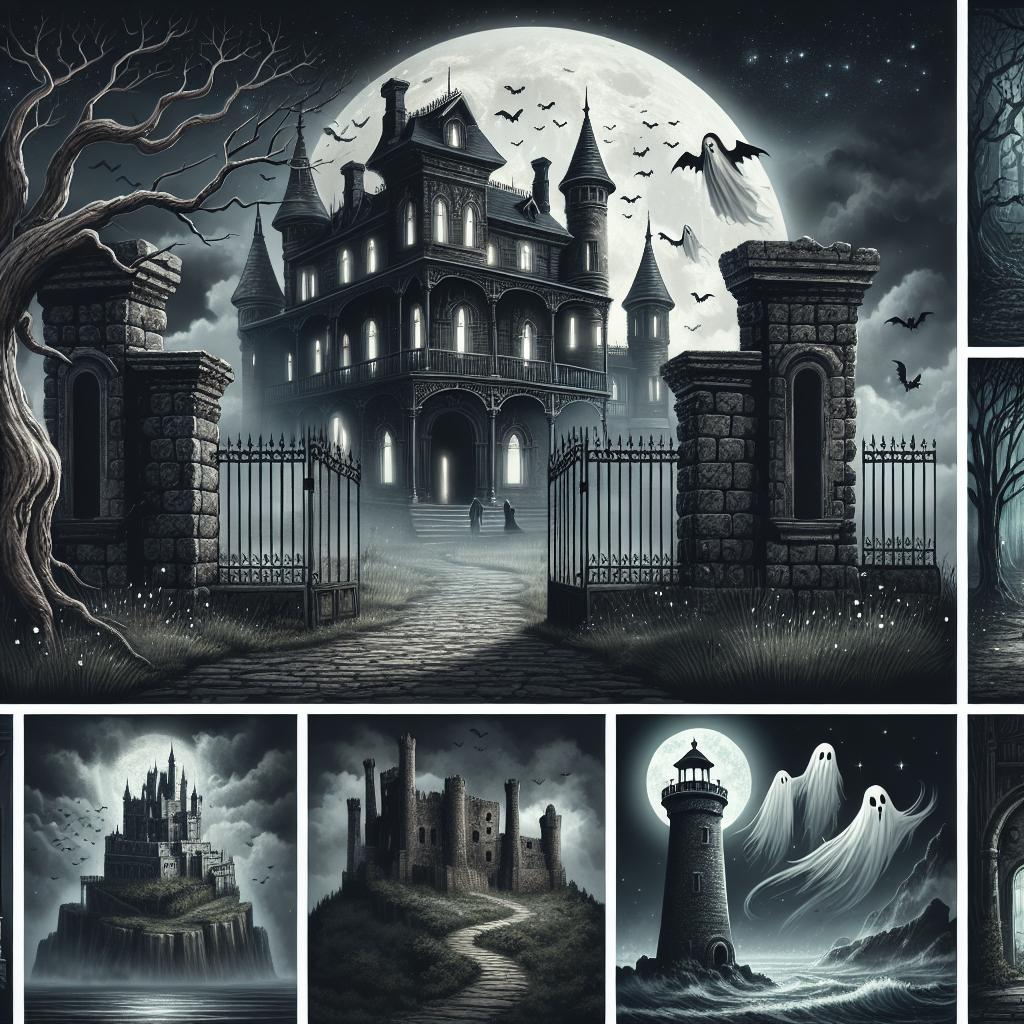“`html
The History Behind Poltergeists
For centuries, the mysterious phenomenon of poltergeists has captured the human imagination. The term poltergeist, meaning “noisy ghost” in German, describes a type of ghost or spirit that is responsible for physical disturbances, such as loud noises and objects being moved or destroyed. This blog post dives deep into the historical accounts, signs, symbols, and personal anecdotes associated with poltergeists. We explore scientific explanations and psychological factors that attempt to demystify their manifestations. Additionally, we provide a guide on how to identify and communicate with poltergeists, touching on frequently asked questions about their nature. By the end, you’ll have gained a comprehensive understanding of the enigmatic world of poltergeists and how they continue to intrigue people all over the globe.
What is a Poltergeist?
Poltergeist Meaning
The term poltergeist originates from the German words “poltern,” which means to make noise, and “geist,” meaning spirit or ghost. Unlike typical ghost sightings that are often visual, poltergeists are associated with auditory experiences and physical disturbances. They are said to act with intent, moving objects, and creating chaos within the living environment.
This unique characteristic sets poltergeists apart from other supernatural phenomena. While ghostly apparitions might evoke fear or fascination, poltergeists induce a more tangible sense of disruption by physically manifesting their presence. Over centuries, various cultures have interpreted these manifestations differently, contributing to the rich tapestry of poltergeist lore.
Signs of a Poltergeist
Poltergeist activity is often characterized by inexplicable noises, such as knocks, thuds, and bangs. People report moving or disappearing objects, furniture being rearranged, and electrical appliances malfunctioning without reason. These signs can occur sporadically or in repetitive patterns.
Witnesses have also detailed unsettling feelings, including a sense of being watched or the sudden onset of cold spots. Animals in the household might react with anxiety or aggression, further enhancing the eerie atmosphere commonly associated with poltergeist activity.
What Does a Poltergeist Symbolise?
Poltergeists often symbolize unresolved energy or conflict within a space or among the individuals residing there. The phenomena are sometimes linked to adolescence, suggesting that the stress and energy changes experienced during this period may inadvertently manifest as poltergeist activities.
Furthermore, poltergeists are emblematic of the human psyche’s interaction with the unseen world. While some perceive them as proof of life after death, others interpret them as a psychological projection of internal tensions, manifesting outwardly.
Poltergeist Stories
Historical Accounts
Throughout history, various accounts of poltergeist activities have been documented. One famous case from the 17th century is the Epworth Rectory haunting in England, where unexplained knocking sounds and flying stones plagued the household of Reverend Samuel Wesley. This incident was widely publicized and left an indelible mark on supernatural lore.
In more recent times, the Enfield Poltergeist case in 1977 captured public attention. This haunting involved two young sisters experiencing levitation, furniture upheaval, and voices speaking through one of the girls. These events were investigated by both skeptics and paranormal researchers, sparking debates that continue to this day.
Personal Anecdotes
Personal anecdotes of poltergeist encounters abound on internet forums and in books dedicated to the paranormal. Many individuals share stories of unusual, repetitive noises, household objects found out of place, and the feeling of an unseen presence.
These personal stories, while often anecdotal, contribute to the collective understanding of poltergeist encounters. Whether attributed to psychological phenomena or genuine supernatural interactions, these accounts provide a window into how poltergeists have been perceived across different cultures and generations.
Understanding Poltergeist Manifestations
Psychological and Environmental Factors
Some researchers propose that poltergeist phenomena might be linked to psychological and environmental factors. Homes with high emotional tension or individuals experiencing stress or trauma sometimes report increased poltergeist activity. These factors might contribute to the production of energy that manifests physically within a space.
It is hypothesized that the mind, particularly during heightened emotional states, might unknowingly influence the environment, thus causing the disturbances typical of poltergeist activity. This perspective suggests a more introspective approach to understanding these seemingly supernatural events.
Scientific Explanations
Despite the fascination surrounding poltergeists, scientists often seek logical explanations for their occurrences. Natural phenomena, such as seismic activity or electromagnetic fields, could potentially account for some reports of moving objects or strange noises.
Additionally, human factors like suggestion, expectation, and the power of belief have been suggested as influential elements. As scientific exploration continues, the line between the known and the unknown regarding poltergeists may become clearer, shedding light on these perplexing experiences.
Cultural Impact
Poltergeists hold a significant place in cultural narratives and entertainment. They feature prominently in films, literature, and folklore, serving as a thrilling, albeit terrifying, testament to the unknown aspects of our world.
These stories and their representation in popular media have perpetuated interest in and the mystique around poltergeists, ensuring their place in both historical and contemporary contexts. Their impact extends beyond mere entertainment, prompting ongoing discussions about human perception and unexplored dimensions.
How to Identify a Poltergeist
Steps to Recognise Poltergeist Activity
Identifying poltergeist activity requires patience and careful observation. Begin by documenting any unusual occurrences, noting the time, frequency, and context. Look for patterns that might indicate something beyond ordinary explanations.
It is essential to approach the situation with a critical mind, eliminating potential natural causes before attributing events to a poltergeist. Consulting with professionals in the field of paranormal research can provide additional insights and verification.
How to Communicate With Poltergeists
Establish a Calm Environment
Creating a peaceful environment is crucial for any attempt to communicate with a poltergeist. This helps reduce anxiety and enhances focus, making it easier to perceive any potential responses or manifestations.
Use Simple Communication Tools
Simple tools like dowsing rods, pendulums, or digital recorders can aid in communication. These instruments are believed to help translate spiritual energy into tangible responses that can be interpreted by the observer.
Ask Direct Questions
When attempting communication, ask direct and simple questions. Aim for clarity and patience, allowing enough time between questions for any indication of a response.
Record Your Sessions
Documentation is vital for analysis and validation. Recording your sessions, whether through video or audio, helps capture any unexpected occurrences or interactions that may not be immediately apparent.
Show Respect and Sensitivity
Regardless of personal beliefs, treat any potential spiritual interactions with respect and sensitivity. This courteous approach fosters a safer and more enjoyable communication process.
Seek Professional Help if Needed
If poltergeist activity becomes distressing or harmful, consider consulting a professional in paranormal research or a mental health specialist. They can offer guidance, support, and potential solutions tailored to your situation.
Frequently Asked Questions About Poltergeists
What is the difference between a poltergeist and a regular ghost?
While ghosts are typically visual or auditory in nature, poltergeists are known for causing physical disturbances. Poltergeists tend to engage with the physical world, often demonstrably and disruptively.
Can poltergeists cause harm?
Though often perceived as menacing due to their disruptive actions, poltergeists are not typically considered harmful. However, the psychological effect of their presence can be distressing for those experiencing such phenomena.
How long does poltergeist activity usually last?
Poltergeist activity can vary in duration from a few days to several months. The inconsistencies in length are often attributed to unresolved tensions or environmental conditions.
Are poltergeists linked to specific locations?
While some poltergeists appear to be attached to specific locations, others seem linked to individuals rather than locations. The attachment is presumed to correspond with the source of the unresolved energy.
Can animals sense poltergeists?
Animals are believed to have heightened senses that allow them to perceive energies and phenomena beyond human perception. Reports frequently suggest that pets display anxious or unusual behavior in the presence of poltergeist activity.
Can poltergeist activity be recorded or captured on video?
There are numerous accounts and videos claiming to capture poltergeist activity. While these recordings are intriguing, their authenticity can be difficult to verify, and skepticism remains high.
Do poltergeists communicate with people?
Some believe that poltergeists attempt to communicate by manifesting disturbances in response to specific questions or situations. These interactions can range from subtle to overt, depending on the supposed nature of the poltergeist.
Recommended for you!
Consider studying psychic communication at the Centre of Excellence to expand your understanding of the paranormal and refine your communication skills with the unseen.
Future Prospects
| Aspect | Details |
|---|---|
| Definition | Poltergeists are spirits responsible for physical disturbances. |
| Signs | Loud noises, moving objects, cold spots. |
| Symbolism | Unresolved energy or conflict; adolescence link. |
| Manifestations | Psychological, environmental, and cultural factors. |
| Identification | Document occurrences, pattern recognition. |
| Communication | Create calm environment, use tools, ask questions. |
| FAQs | Differences from ghosts, harm potential, duration, animal senses. |
“`


